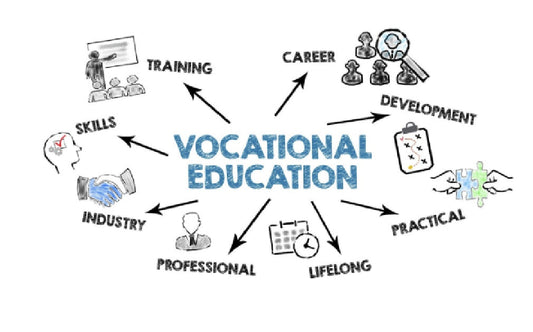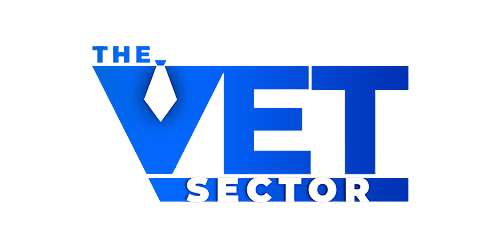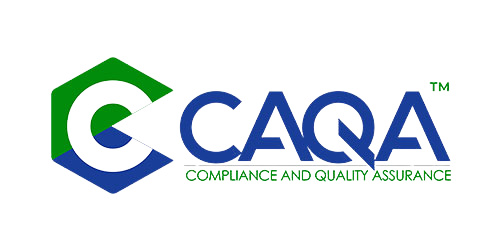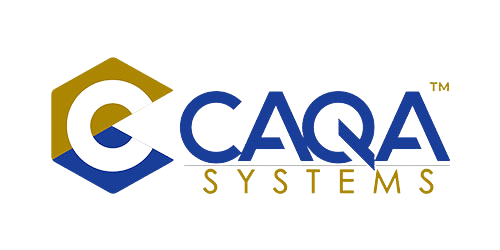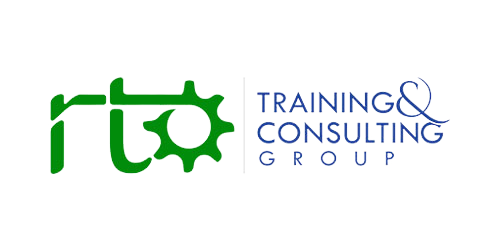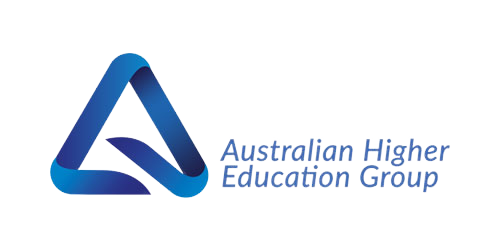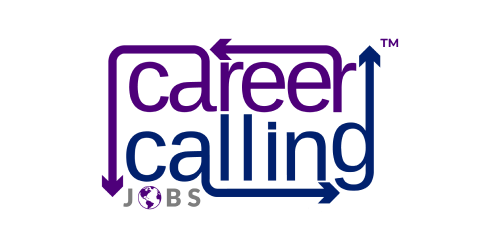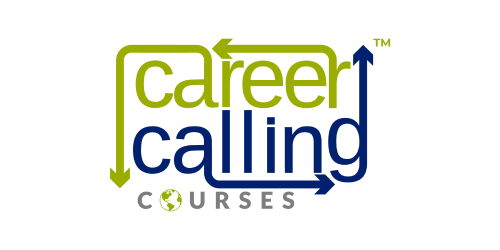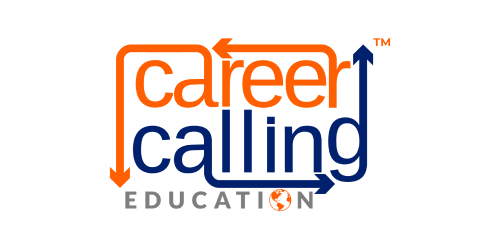Why this year’s conference felt different
The 2025 VET National Teaching & Learning Conference at Melbourne’s Convention and Exhibition Centre didn’t just talk about excellence—it rehearsed it. Instead of plenary marathons and passive note-taking, the VET Development Centre (VDC) curated two days of practitioner-led workshops, applied research sprints, and live design labs. The theme, “From Competence to Excellence: Taking the Journey,” set an expectation that improvement is a routine, not a one-off initiative. By the end, educators weren’t collecting slide decks; they were swapping templates, co-writing quick wins for Term 4, and leaving with concrete changes they could deploy on Monday.
Inclusion, on purpose and on timetable
Opening the teaching and learning stream, Emma Rice (TAFE Queensland) reframed inclusion from a values statement to a visible practice. The argument was simple and compelling: students judge inclusion by what happens in class, not what appears in policy. Rice modelled how psychological safety becomes real through micro-routines—explicit framing of task purpose, consistent check-ins, and predictable feedback cycles—and how leadership signals matter when scheduling, induction, and assessment design are aligned to student voice. Far from rhetorical uplift, her session mapped accountability to daily behaviours: who says what, when, and how often; where student input is logged and responded to; which choices are explained in plain language. Educators are left with a lexicon for turning abstract commitments into timetable entries and annotated teacher guides.
Generative AI, minus the hype and fear
If there was a single design thread running through the digital sessions, it was “AI as capability, not novelty.” Leigh Dwyer (William Angliss Institute) translated his ISSI fellowship into a pragmatic schema—teams, tools, design. Build multidisciplinary teams that include compliance and equity expertise; select tools that are fit for purpose and explainable; design assessments for authenticity and transparency. That last point dominated the discussion: scaffold AI-assisted drafting without collapsing validity by pairing written artefacts with brief oral defences, workplace-specific contexts, and explicit AI-use declarations. In parallel, Sam Crowe (TAFE Queensland) ran hands-on workshops that demystified the mechanics—grounding prompts in policy via retrieval, capturing change logs, and operationalising “human-in-the-loop” so trainers remain the decision makers. The consensus emerging from multiple rooms was clear: generative AI now sits inside everyday teaching routines, provided disclosure norms, assessment integrity, and educator support are built in from the start.
Evidence to practice, not theory to theory
NCVER’s Dr Tabatha Griffin anchored the conference’s evidence spine with two sessions that cut cleanly through the research-to-practice gap. The first asked “what works, for whom, and why?”—and then connected those findings to conditions that actually enable high-quality practice: protected time for teachers to learn and adapt, structured induction for new VET teachers, and recognition that the human element is central to skill formation. In a second session with Upekha Andrahannadi, Griffin traced how effective student support operates across the learner journey—where early signals show up, which interventions move the dial on progression, and how to make support visible without stigma. The effect across the conference was cumulative: educators could see how the research justified the classroom moves they were testing in workshops, and managers could see which organisational settings make those moves stick.
Flipped learning for real-world competence
Bendigo Kangan Institute’s team—Kent Martin, Jeanette Swain, and Vicki Saray—showed what a VET-tuned flipped classroom looks like in health and community services. Theory and knowledge checks moved outside class in tightly scoped micro-prework; campus time was reclaimed for scenario practice, team problem-solving, and rehearsal against assessment criteria. The detail mattered: sequencing that begins with a four-minute explainer, a low-stakes pre-quiz, and a short reflective prompt; in-class application that aligns exactly to the elements and performance criteria; consolidation that captures evidence of teamwork and communication alongside technical skill. Importantly, they demonstrated how to document competence when co-assessing practical capability and soft-skill behaviours—an area that often frustrates teachers and students alike.
Sustainability becomes a curriculum habit
Lisa Piller’s research-to-practice workshop took sustainability out of the policy binder and into base units through the lens of regenerative textiles. Drawing on interviews across South and Southeast Asia, the EU and the UK, Piller showed how circular economy practices can be embedded without waiting for package-wide revisions: align practical tasks to local repair and remanufacturing ecosystems, teach systems thinking alongside technical skills, and rewrite scenarios so learners design for repair, reuse and disassembly by default. For curriculum leaders seeking a defensible pathway to update units now, her approach offered both credibility and immediacy.
Communication: the invisible curriculum
If inclusion was the tone and AI the toolset, communication was the craft that tied the conference together. Michele Tocci (Chisholm Institute) made the case that everyday communication is curriculum: how teachers frame expectations, script feedback, and orchestrate peer explanation determines engagement and progression. Her repeat-by-demand workshop modelled “day-one” routines—setting task intent in plain English, using structured sentence starters for peer explanation, and converting corrective notes into next-step actions. The point was not flamboyant innovation; it was teachable habits that scale across cohorts and survive busy terms.
What changed in educators’ backpacks
Beyond ideas, delegates took home artefacts, including prompt libraries with disclosure and refusal rules, flipped-class templates with micro-prework and in-class application, viva prompts and checklists for verifying authenticity without adding hours to marking, bias-check rubrics that sample AI feedback across cohorts, and simple dashboards for tracking student support triggers. The VDC’s program design—the steady alternation between research briefing and technique workshop—meant each artifact was grounded in evidence and conditions for success. Educators swapped contact details to co-develop resources post-conference, a sign that the learning community intends to keep iterating together.
Three system-level messages for 2026
Inclusion must be operationalised. Student-voice mechanisms, psychological safety cues, and leader modelling need to be visible in timetables, induction scripts, and assessment briefs. That visibility is how inclusion survives turnover and audit cycles.
AI is mainstream and must be governed. Teams can gain productivity and personalisation without compromising integrity by locking in disclosure norms, retrieval-grounded prompts, oral defences for high-stakes work, and human sign-off. The shift is from ad-hoc pilots to predictable practice.
Sustainability, flipped learning, and communication-as-curriculum are baseline. These are not electives for enthusiasts; they are core capabilities every package can express now through contexts, sequences, and feedback routines.
What leaders should do next
For executives and heads of learning and teaching, the conference offered a practical agenda. Protect teacher time for learning and adaptation—an hour carved out weekly will yield more than any one-off PD day. Formalise induction for new VET teachers so they inherit routines, not just resources. Stand up small, cross-functional AI working groups that own disclosure norms, prompt libraries, bias checks, and human-in-the-loop sign-off. Direct curriculum teams to identify one unit this term to flip and one scenario to “green”—then share the pattern, not just the artifact, across faculties. Make communication routines explicit in teacher guides so the micro-moves that create engagement are common property, not personal style.
The conference is a blueprint for sector learning
Perhaps the most important lesson wasn’t about any single technique. It was about how the sector learns. The VDC’s design logic—evidence in plain English, practice you can try tomorrow, and communities that test and iterate together—set a standard other convenors will now be measured against. Excellence in VET will not spring from a single reform or procurement. It will grow from the routines educators share, the conditions leaders protect, and the discipline with which the sector checks its work against evidence and equity.
From competence to excellence—one routine at a time
Competence is necessary; excellence is deliberate. The 2025 VET National Teaching & Learning Conference made that choice feel achievable by showing what it looks like in the room: teachers rehearsing feedback scripts, teams co-designing flipped sequences, leaders modelling inclusion in scheduling decisions, and technologists wiring AI to policy instead of novelty. If you were there, your next step is clear: pick one routine, one unit, one support pathway and move it from “good enough” to great—then share what you learned. If you missed it, the message still holds. Excellence in VET isn’t a slogan; it’s the day-to-day habits that educators carry home from Melbourne and will carry into every class they teach.





